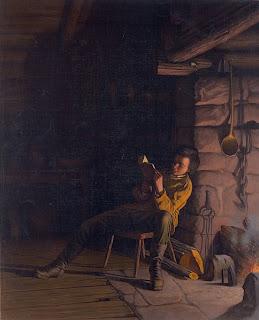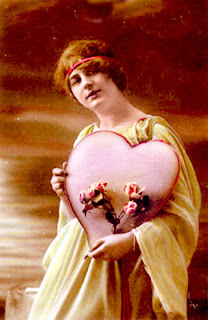
Ellen Sterling, for the Huffington Post,
revels in the independent bookstore, fully aware that, though cherished, they're falling like dominoes.
From the piece...
The other night I attended the monthly meeting of the Las Vegas Writers Group. The speaker at the meeting was Debra Belkoff. Her expertise is in book retailing and she was the manager of late, lamented store, The Reading Room which, until it closed last year was the only bookstore on the Las Vegas Strip. She talked knowledgeably and lovingly of the need for bookstores like that while at the same time reminding the 50+ writers at the meeting that they'd have to get on board with e-publishing.
I love bookstores and she started me reminiscing about those that were so important in my life.
First was The Book Mark. Located in Queens, New York, it was in walking distance of our family's home up until we moved when I was in sixth grade. It was owned by two spinster sisters named Rose and Esther and we referred to it as "rose-n-esther's."
Not to be all icky, but in that store there was a whole world. I met all sorts of people and went all sorts of places. Nancy Drew was a pal, as were all the wonders in Richard Halliburton's Book of Marvels: The Occident and the Orient. Years later, sitting at the sound and light show in Giza, I sharply recalled Halliburton's black-and-white photos of the Sphinx and the pyramids.Pictured above: Arguably Seattle's most important independent bookseller, Elliott Bay Book Company.



.jpg)
.jpg)









.jpg)
.jpg)



















